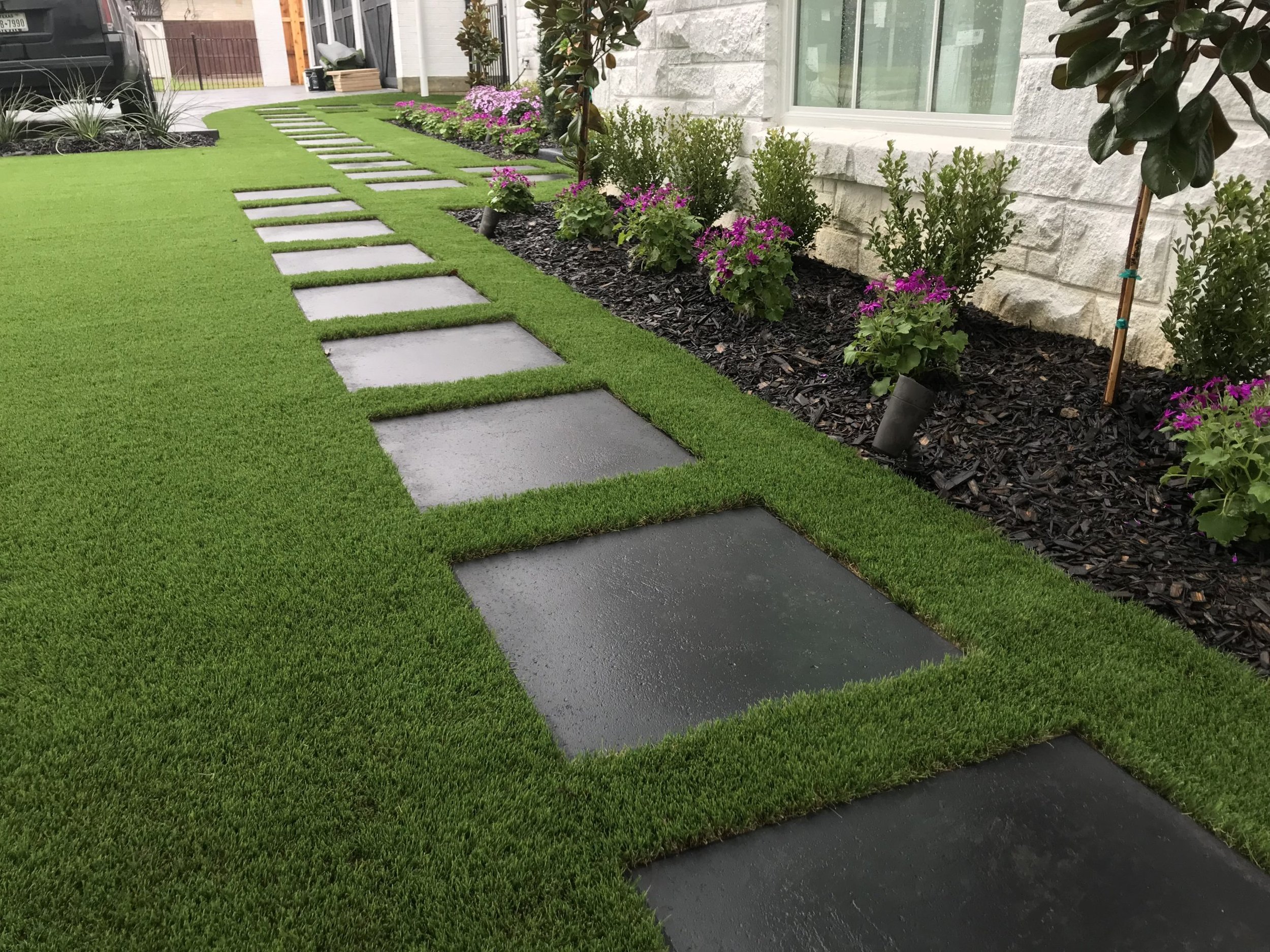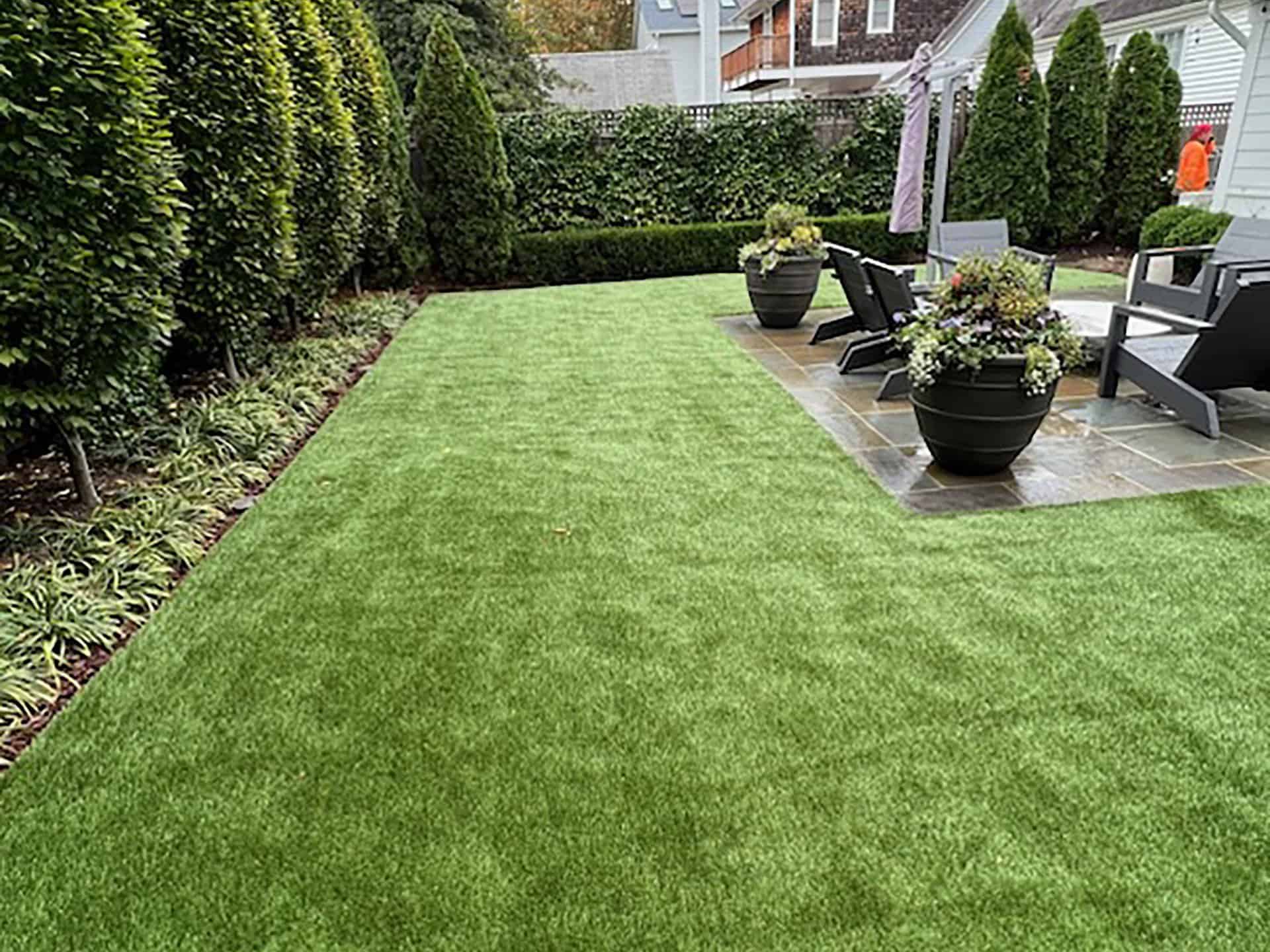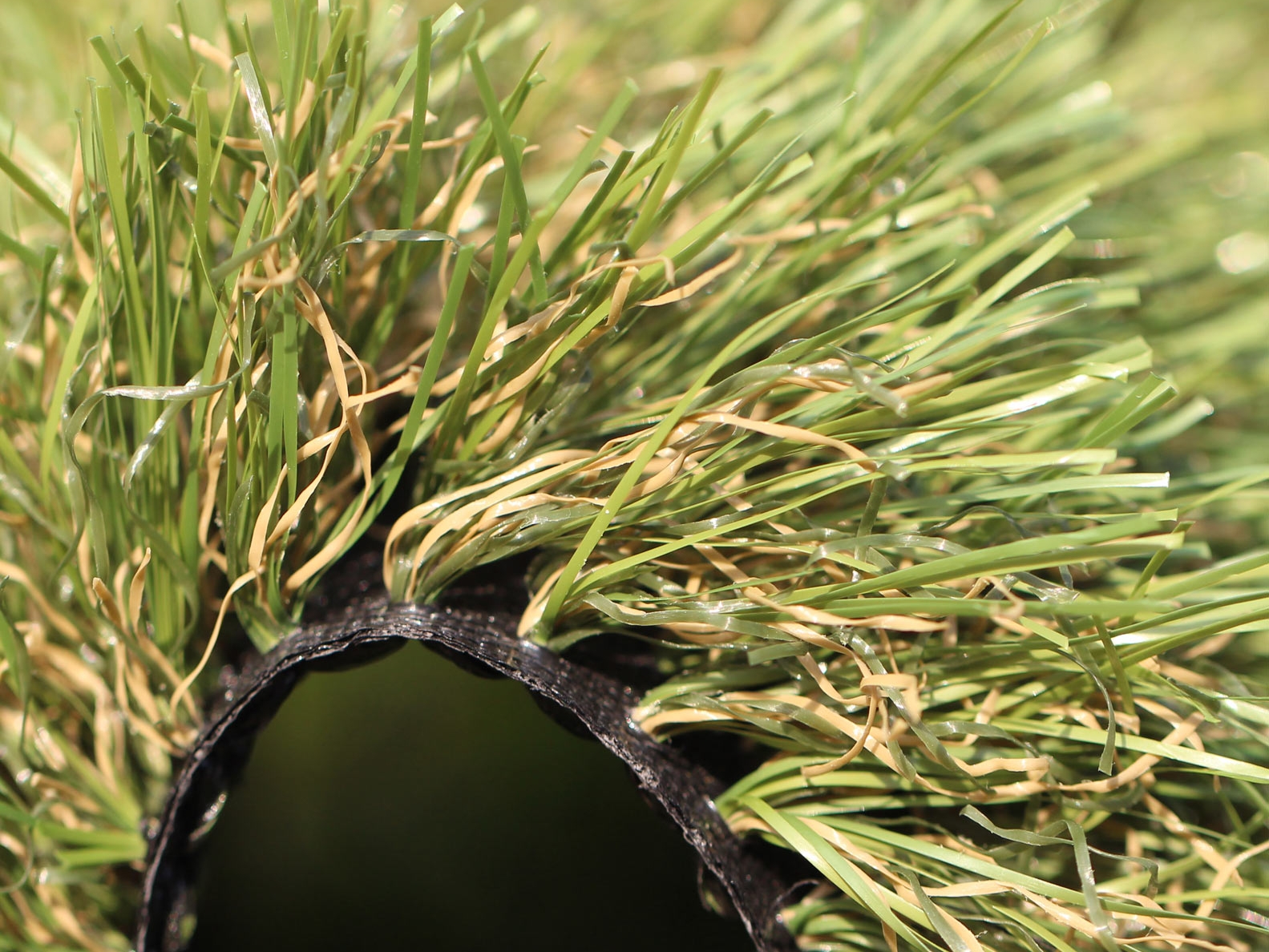Enhance Your Yard with Professional Turf Installation Phoenix AZ Solutions
Enhance Your Yard with Professional Turf Installation Phoenix AZ Solutions
Blog Article
Delve Into the Environmental Perks of Opting for Artificial Grass Solutions
The fostering of man-made grass solutions offers an engaging chance to address pushing ecological challenges. By dramatically lowering water usage and decreasing the application of damaging chemicals, these choices not only promote lasting landscape design yet likewise shield neighborhood environments. In addition, the lower carbon impact related to reduced upkeep tasks adds to an extra lasting method to land administration. However, the ramifications of these advantages extend past mere conservation initiatives, questioning about their long-lasting effect on environment preservation and general environmental equilibrium. Checking out these measurements exposes an intricate interaction worth considering.
Water Preservation Perks
One of the most considerable advantages of fabricated grass is its capability to preserve water. In comparison, man-made lawn does not require watering, dramatically decreasing the total demand for water resources.
By removing the need for routine watering, synthetic grass adds to sustainable landscape methods and aids minimize the ecological effect of extreme water usage. In addition, the conservation of water includes the reduction of overflow, which can lead to soil erosion and waterway air pollution.
Additionally, the installation of synthetic grass permits communities and house owners to allot water resources a lot more successfully, concentrating on essential uses such as alcohol consumption water and farming. The change towards synthetic grass not only advertises liable water use however additionally straightens with wider environmental goals targeted at maintaining all-natural resources.
As areas significantly focus on sustainability, the water preservation benefits of fabricated grass offer an engaging instance for its adoption in commercial and household landscape design jobs.
Lowered Chemical Use
The transition to synthetic grass considerably decreases the reliance on chemical therapies generally used in natural grass maintenance. Typical grass management usually entails the application of herbicides, plant foods, and pesticides to promote growth and control bugs. These chemicals can present risks to human wellness, local wildlife, and the environment, contributing to soil and water contamination.
On the other hand, synthetic grass eliminates the need for these unsafe compounds. Once mounted, it calls for minimal maintenance, largely including regular cleaning and occasional infill replenishment. This reduction in chemical usage not only profits the prompt environment yet additionally adds to more comprehensive ecological stability. By minimizing the launch of artificial compounds into the community, synthetic grass advertises healthier soil and water systems.
Additionally, the lack of chemical overflow connected with synthetic grass setups helps secure regional waterways from contamination, sustaining aquatic life and keeping biodiversity. Arizona turf. As communities increasingly focus on lasting techniques, selecting artificial turf presents a practical solution that aligns with environmental preservation objectives. With this change, homeowner can delight in rich eco-friendly areas without jeopardizing ecological health and wellness, paving the way for a much more sustainable future
Lower Carbon Footprint

Furthermore, the installment of synthetic grass can lead to significant water preservation. All-natural grass require substantial quantities of water for irrigation, which not just includes to the carbon footprint related to water removal and therapy but also pressures regional water resources. In comparison, artificial lawn requires minimal maintenance, needing no watering, thereby substantially lowering water usage and its connected energy costs.
Furthermore, the durability of synthetic grass adds to its decreased carbon effect. With a life expectancy of as much as 15 years or even more, the requirement for frequent replacements is reduced, leading to much less waste and lower energy usage in production and taking care of typical lawn options. Generally, artificial grass offers a sustainable alternative for ecologically aware landscape design.
Habitat Conservation
Habitat conservation is a crucial factor to consider in the discussion over landscape design choices, specifically when contrasting synthetic grass to all-natural turf. Natural navigate here yard lawns often need considerable upkeep, including the use of plant foods, herbicides, and chemicals, which can detrimentally affect local ecological communities. These chemicals can leach right into the soil and rivers, hurting native vegetation and fauna and disrupting regional habitats.
In comparison, man-made turf offers a possibility to lower the environmental impact of landscaping. By selecting artificial turf, property owners can decrease the interruption of all-natural environments related to typical yard treatment techniques. Synthetic grass eliminates the demand for harmful chemicals, thus protecting close-by wild animals and maintaining the honesty of bordering ecological communities. The installation of fabricated grass can lead to the conversion of previous lawn locations right into more biodiverse landscapes, such as pollinator yards or indigenous plant locations, which can support local wildlife.
Inevitably, the change to synthetic turf not only conserves water and decreases maintenance efforts yet likewise fosters a more harmonious relationship between human activities and the native environment, advertising habitat preservation while doing so.
Long-Term Sustainability
Long-term sustainability is a vital consider examining the advantages of synthetic grass over typical yard yards. One of one of the most substantial advantages of synthetic grass is its longevity; it can last approximately 15-20 years with marginal upkeep, whereas natural turf calls for frequent reseeding and substitute. This long life reduces the demand for continuous resources, such as water, fertilizers, and pesticides, which are important for keeping a healthy and balanced yard lawn.
Furthermore, synthetic grass adds to a decrease in carbon discharges linked with yard treatment equipment. Typical grass usually call for gas-powered lawn mowers, trimmers, and blowers, every one of which contribute to air contamination. Artificial turf companies phoenix. In contrast, synthetic grass removes the requirement for such equipment, promoting a cleaner environment
Furthermore, the manufacturing of synthetic grass significantly makes use of recycled materials, enhancing its sustainability profile. As suppliers embrace environment-friendly practices, the environmental footprint of synthetic grass remains to diminish.

Conclusion
The adoption of man-made grass solutions provides considerable environmental advantages, including considerable water preservation, minimized dependence on harmful chemicals, and a reduced carbon footprint. Fabricated lawn help in protecting all-natural environments by decreasing land disruption and advertising long-lasting sustainability via the usage of long lasting materials. Collectively, these elements emphasize the capacity of man-made turf to contribute positively to environmental wellness and supply a viable choice to traditional landscape design techniques in a significantly resource-conscious world.
In contrast, visit this page synthetic lawn does not require watering, dramatically minimizing the total demand for water resources. By lessening the release of synthetic compounds right into the environment, synthetic lawn advertises much healthier soil and water systems.
In addition, the setup of fabricated lawn can result in significant water conservation. In comparison, synthetic grass needs minimal maintenance, calling for no watering, consequently considerably reducing water usage and its linked power costs.

Report this page